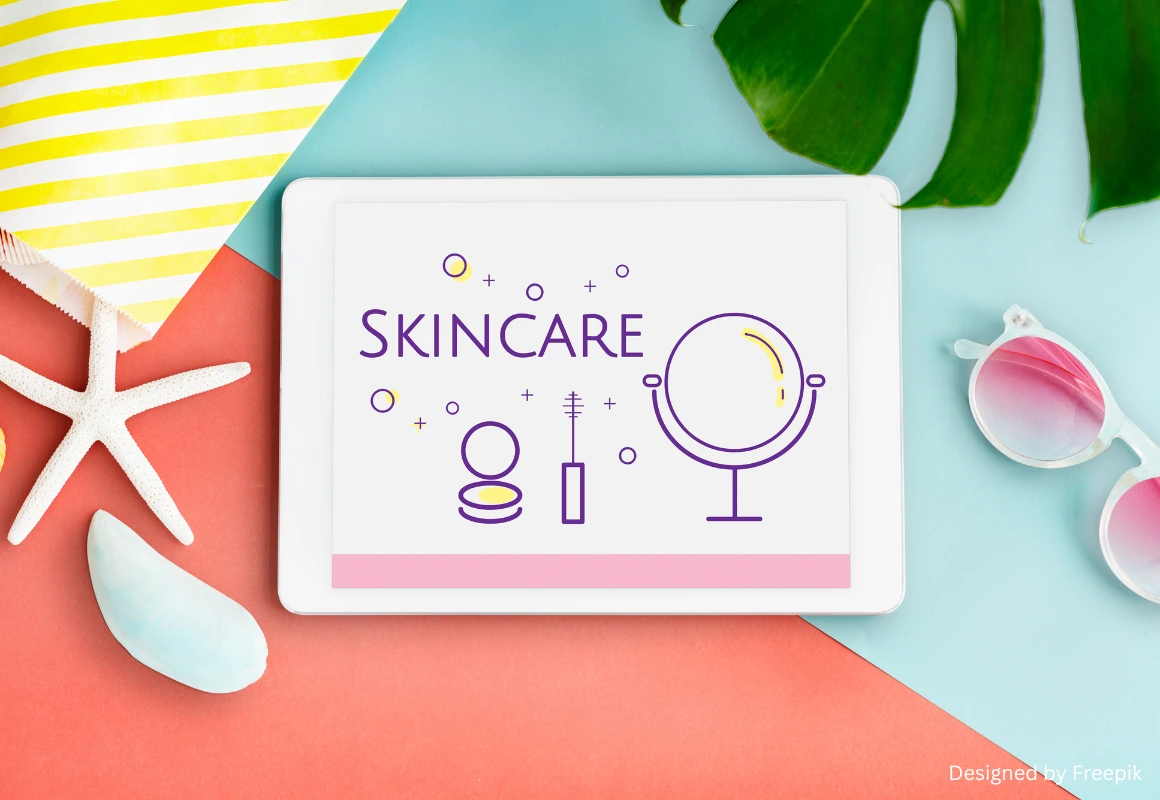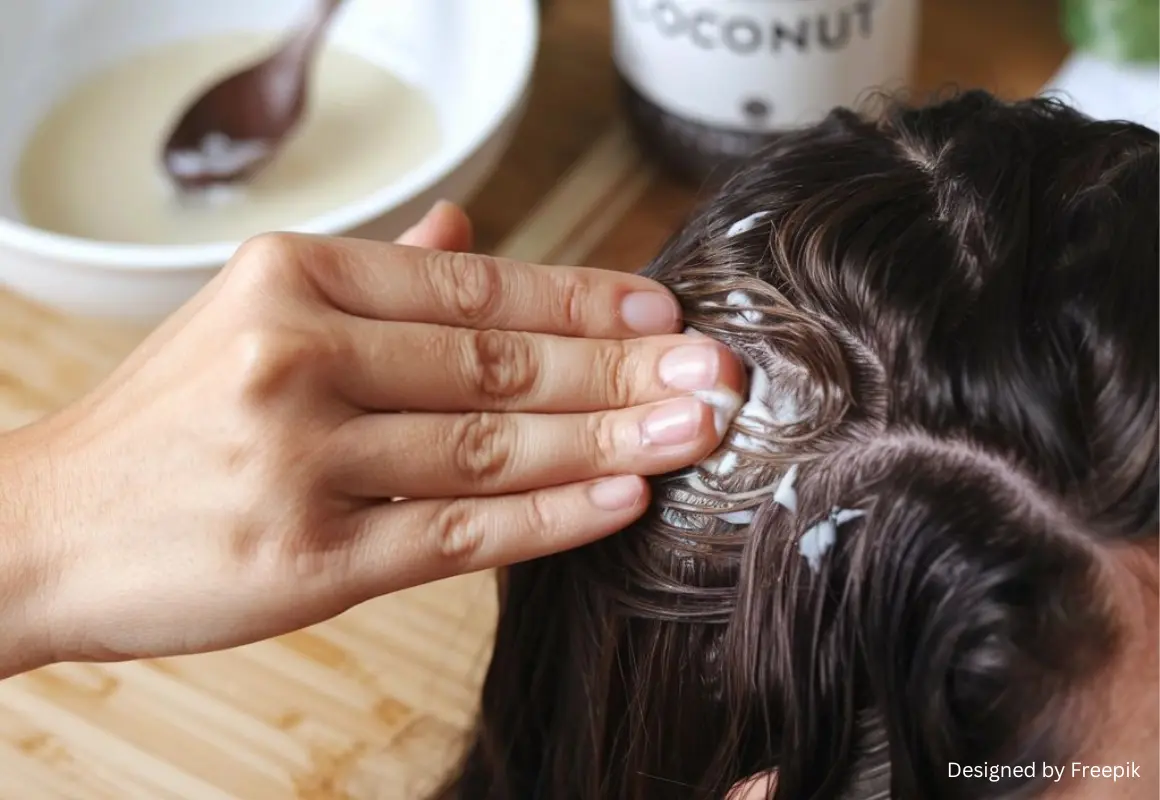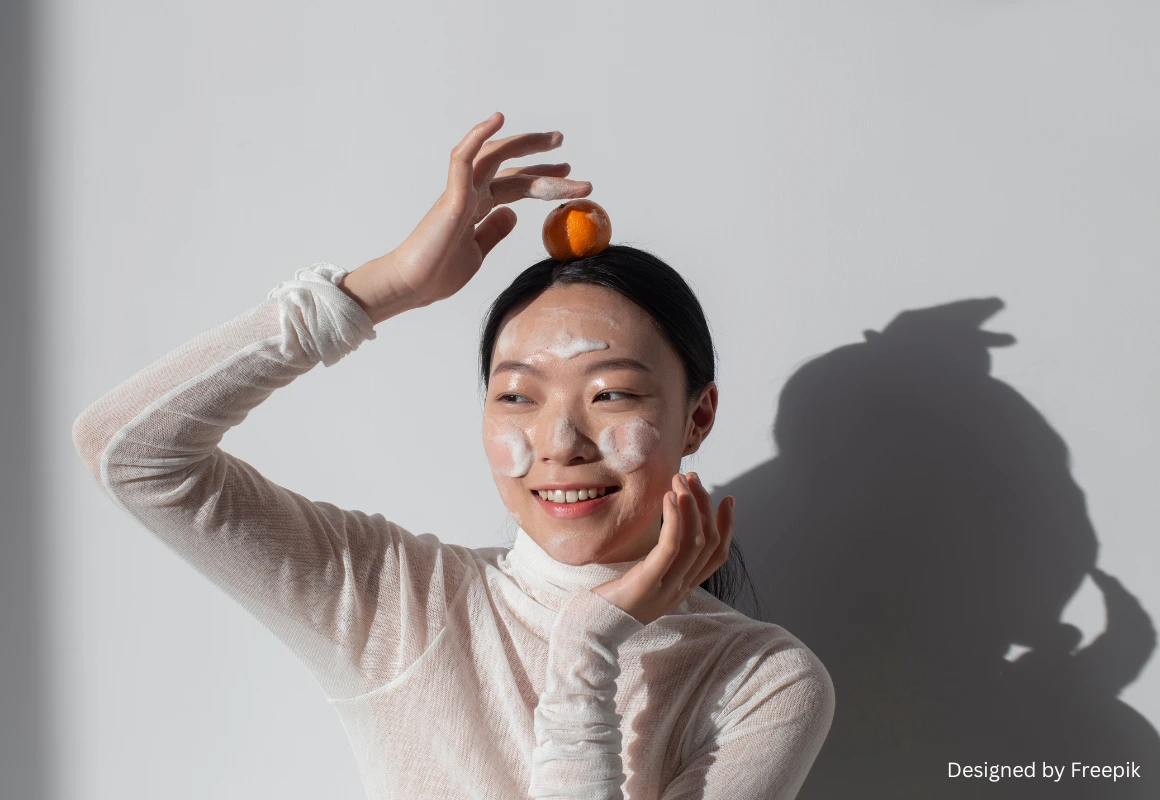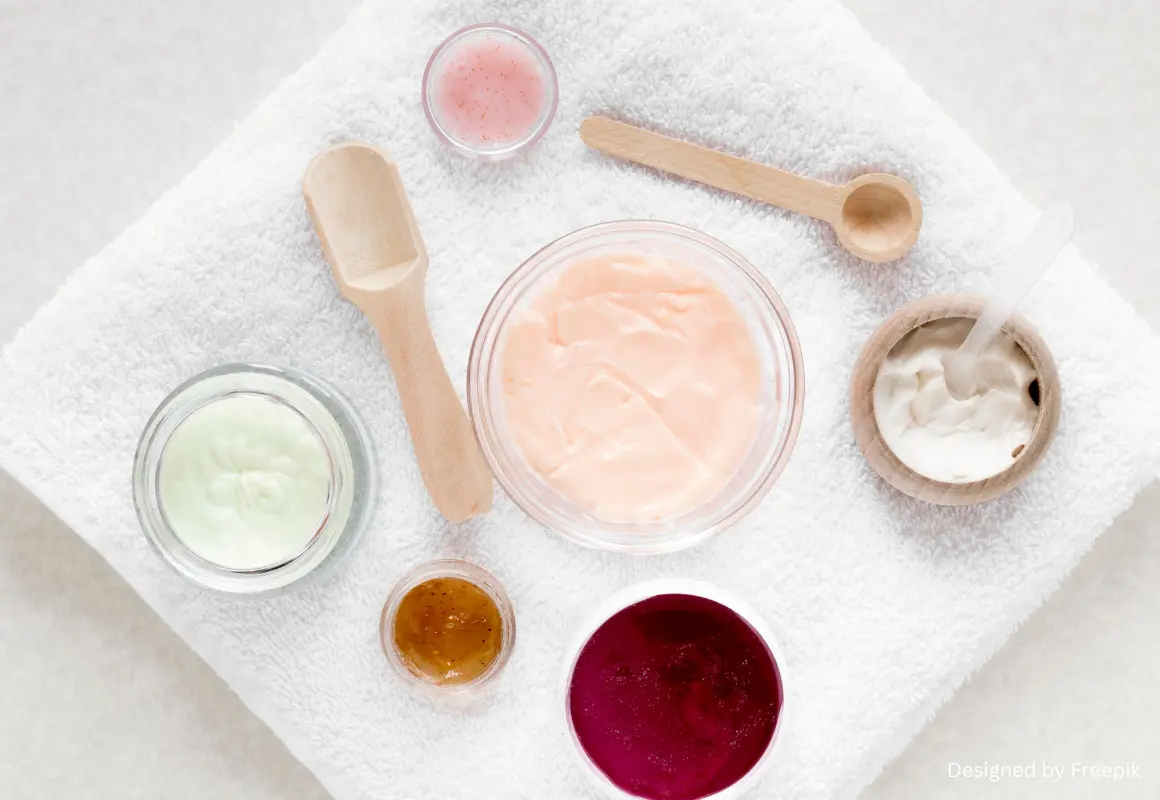How Skincare Marketing Shapes Beauty Ideals and Ageing Norms

How Skincare Marketing Shapes Beauty Ideals and Ageing Norms
In today’s image-focused culture, the face is more than a physical feature—it’s a reflection of self-worth, social value, and even morality. This is particularly true in the world of skincare, where marketing doesn't just sell products—it shapes beliefs about ageing, beauty, and personal responsibility. This blog post unpacks Justine Coupland’s compelling analysis of ageist ideologies in skincare product advertising, originally published in Discourse, the Body, and Identity (Palgrave Macmillan, 2003). Drawing on a close review of British women's magazines between 1999 and 2001, the study reveals how skincare marketing uses subtle rhetorical techniques to impose control, promote age anxiety, and reinforce gendered beauty expectations.
Let’s dive into the background, methodology, key findings, and implications of this fascinating research and see what it tells us about the deeper meanings behind our daily skincare routines.
Background – Skincare and the Semiotics of the Face
The face, as described by Coupland, is a powerful symbol—what sociologist Anthony Synnott (1993) calls “a prime symbol of the self.” In consumer culture, especially for women, facial appearance carries immense symbolic capital. Sociologists like Bourdieu (1977) and Featherstone & Hepworth (1991) argue that beauty is a form of social currency, where the face becomes central to how women navigate identity, self-worth, and societal expectations.
Importantly, marketing and media don’t just reflect beauty standards—they actively create and reinforce them. Magazines—through ads, advice columns, and beauty features—urge women to take moral responsibility for their looks, even as they age. Ageing, once a natural process, is reframed as a personal failure or sign of neglect.
Featherstone (1991) underscores this shift by noting that ageing signs such as wrinkles are portrayed as moral betrayals—suggesting a woman has failed to care for herself properly. This belief system leads to the normalization of anti-ageing products as tools of control and redemption, particularly through the lens of skincare.
The Aim – Investigating Ageist Rhetoric in Skincare Ads
Coupland’s primary goal in the study was to uncover the discursive strategies used in skincare marketing to construct and perpetuate ageist ideologies. Rather than simply selling moisturizers or sun protection products, these advertisements and articles promote a worldview where ageing is both avoidable and shameful.
Her investigation centers on three key ideas:
- Ageing is undesirable—especially for women.
- Women must take personal responsibility to look youthful.
- Skincare products are the tools to achieve control over ageing.
Through these lenses, Coupland explores how everyday media texts guide readers toward a highly managed version of beauty and youth, emphasizing compliance over authenticity.
Method – Surveying Skincare Content in Women's Magazines
The study analyzed content from a range of high-circulation UK women’s magazines between May 1999 and February 2001. These included:
- Cosmopolitan
- Essentials
- Family Circle
- Good Housekeeping
- Marie-Claire
- New Woman
- Prima
- Red
- She
- Shine
- Vogue
- Zest
Each magazine was chosen for its partial or full focus on beauty and grooming, and its appeal to a diverse female readership spanning age groups.
The corpus included both advertisements and editorial content, primarily focused on two product types:
- Skincare products (mostly moisturizers)
- Sun-use and self-tanning products
This content was analyzed using pragmatic discourse analysis—a method that examines how language constructs social meaning. The focus was not only on what was said, but how it was said, and what assumptions about beauty, ageing, and gender were embedded in the text.
Results – Skincare as a Tool of Age Control
Coupland’s analysis identified a pattern of discursive techniques that reinforce control, surveillance, and internalized age anxiety. Here are the most prominent rhetorical patterns:
1. The Authoritative Voice of Skincare Science
Many advertisements used pseudo-scientific language to present their products as essential, credible, and evidence-based. Skincare brands claimed to use “advanced formulas,” “clinically proven ingredients,” or “scientifically engineered” solutions. This lent an air of objectivity and inevitability—suggesting that ageing is a technical problem that can and should be solved.
For example, one moisturizer claimed to “stimulate collagen production by 87%,” while another offered “visible wrinkle reduction in just 2 weeks.” These quantitative claims provided a form of consumer reassurance while subtly implying failure for those who do not participate.
2. The Ethical Imperative to Manage One’s Appearance
Magazines often included beauty advice columns urging women to take moral responsibility for their skincare. Phrases like “you owe it to yourself,” “don’t neglect your skin,” or “fight the signs of ageing” framed beauty routines not as indulgences, but as obligations. Ageing was described in combative terms—“fighting,” “battling,” or “reversing” time.
Here, the moral subtext is clear: ageing is a consequence of laziness or inattention. This creates a discourse of internalized surveillance, where women feel pressure to constantly assess, correct, and monitor their skin.
3. Beauty as a Performance of Youth
Advertisements rarely depicted older women or realistic skin textures. Instead, they showcased flawless, airbrushed faces—usually of young models—presenting an idealized image of what “healthy skin” should look like. The subtext: ageing skin is not normal; it’s a problem to be corrected.
Self-tanning products, for example, were marketed as a way to achieve a youthful “summer glow” without sun damage. But again, the emphasis was on managing risk while still maintaining an ideal of vibrant youthfulness.
The Broader Implications – Skin Care, Gender, and Social Control
Coupland’s findings illustrate how skincare marketing is part of a broader cultural system that enforces gendered body norms. Women, in particular, are targeted with messages that frame the ageing process as a threat to their social value. This leads to several notable outcomes:
- Normalization of Anti-Ageing Products: The beauty industry has created a booming market for anti-ageing skincare, projected globally to reach $88 billion by 2026. Consumers are encouraged to start “prevention” routines as early as their 20s.
- Reinforcement of Youth as a Social Ideal: Youthfulness is repeatedly linked to success, beauty, and desirability. In contrast, ageing becomes associated with decline, invisibility, or failure.
- Moralization of Appearance: Women are not just encouraged but morally obligated to maintain a youthful appearance. This rhetoric extends even into healthcare, with wellness culture promoting skin maintenance as a marker of discipline and virtue.
Conclusion – Rethinking Skincare Through a Critical Lens
Coupland’s analysis urges us to rethink skincare as more than a personal or aesthetic choice. It is part of a powerful discourse that:
- Constructs ageing as a problem
- Promotes youth as the ideal
- Holds women responsible for managing their bodies to align with social expectations
While skincare can certainly be empowering and enjoyable, this study reminds us that the language around it is far from neutral. Each ad, feature, or product pitch carries deeper messages about what it means to age, to be beautiful, and ultimately—to be acceptable.
Understanding these narratives is the first step toward more conscious and self-directed beauty practices. Skincare doesn’t have to be a site of control. It can become a space for empowerment—but only if we see the structures behind the surface.







.webp)
